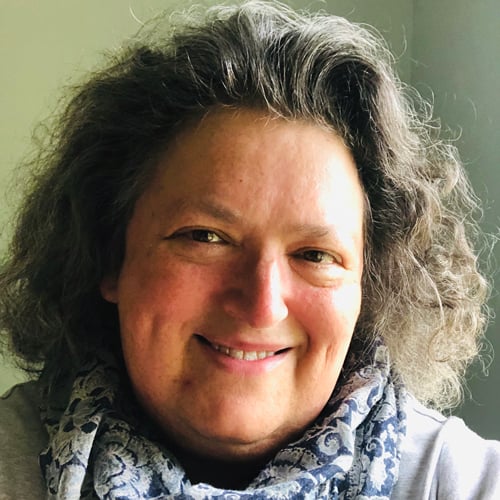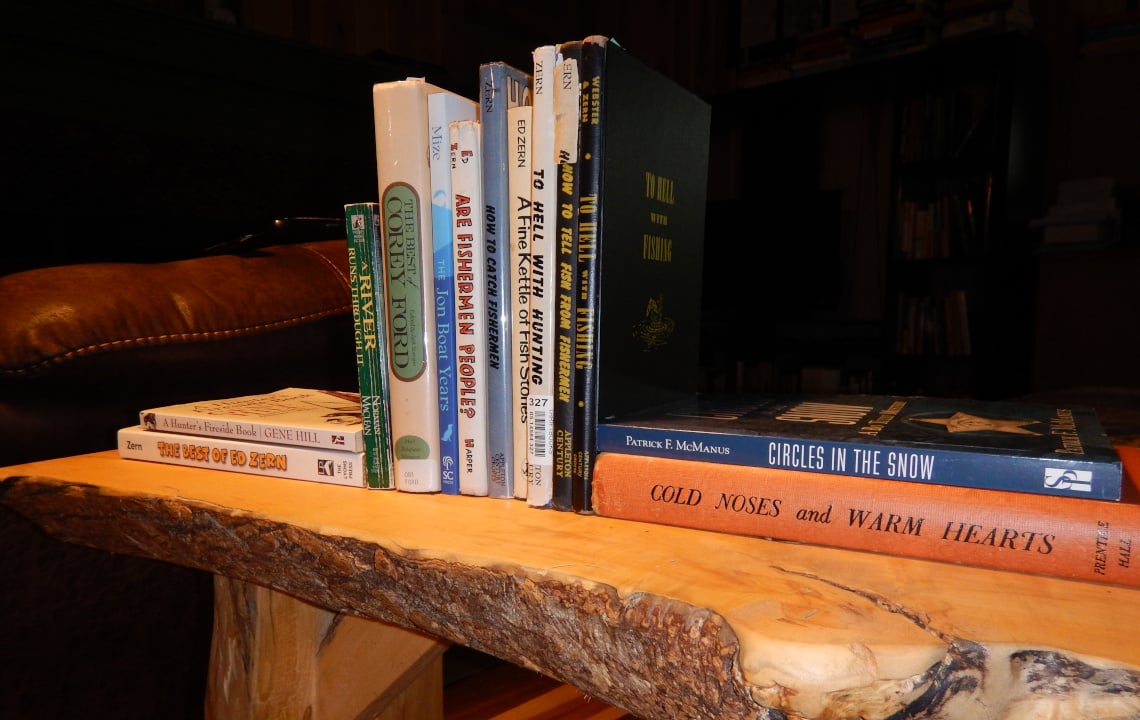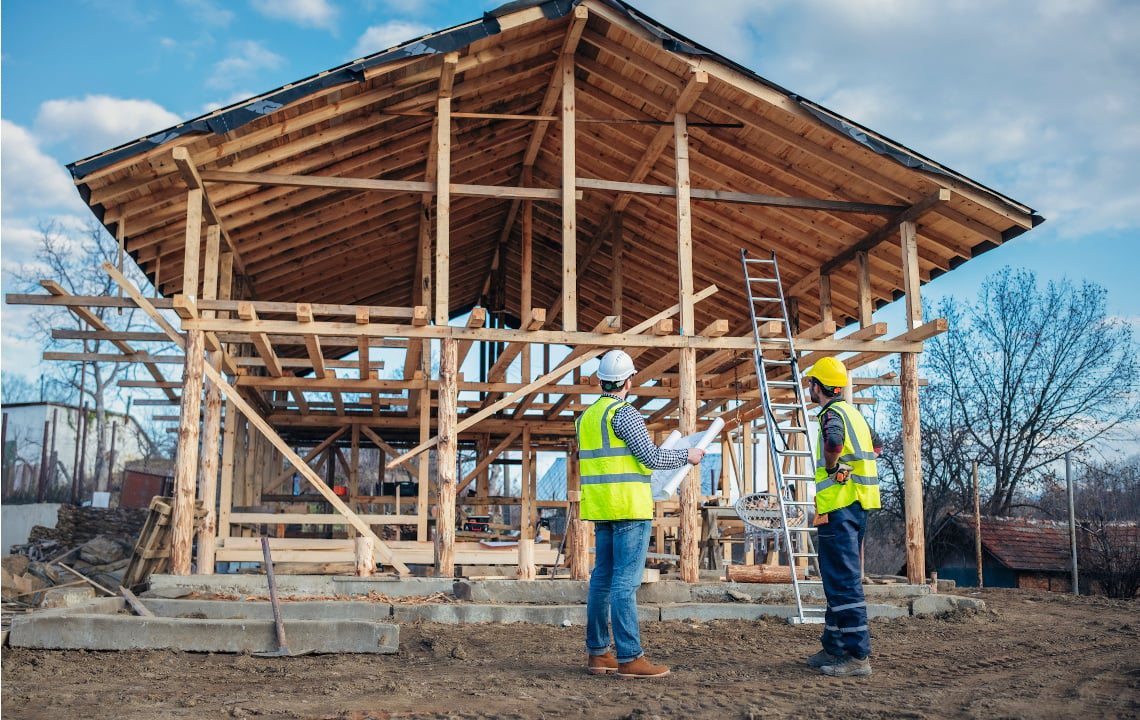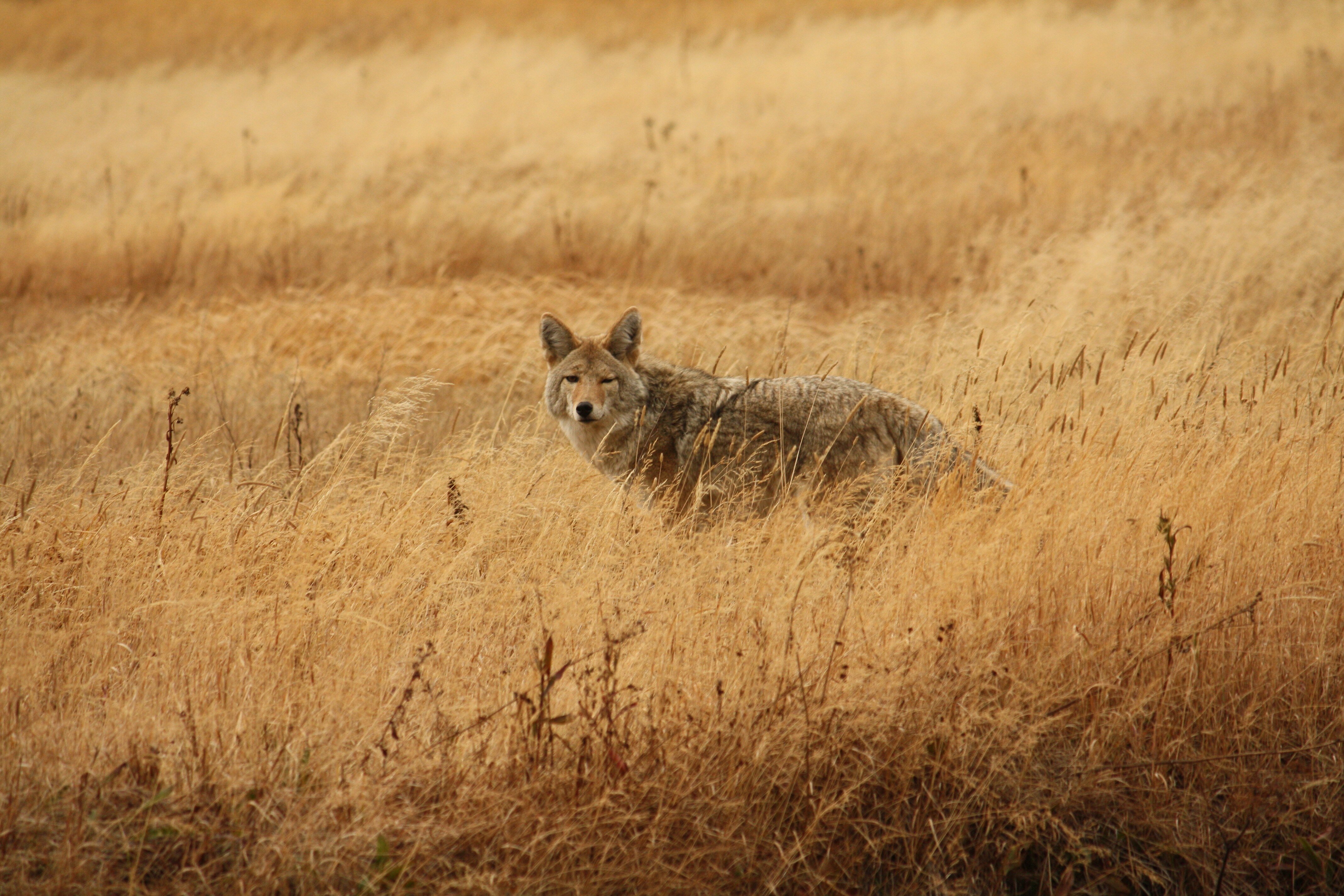Americans south of the Canadian border got a real treat this month: a chance to see the Aurora Borealis as far south as North Carolina, with even Floridians able to view it with a special app. In this article, Catherine Pond shares her artful story (with original photos) of experiencing the aurora for the first time in Nebraska.
“It is because tonight the Northern lights will flash as they never did before, and the great streaks of red, purple, and violet will shoot across the sky until all the people of the world shall see them, who never saw them before.”
—from the short story, “The Strategy of the Were-Wolf Dog,” by Willa Cather, The Home Monthly, December 1896.
So far, it has been a Spring for natural weather disasters and cosmic phenomena. From the eclipse on April 8, which was witnessed by most people in the lower 48 states along the Path of Totality or on either side of it, to several tornado outbreaks on the Great Plains, to the Mother’s Day weekend spectacle of the northern lights, there are fantastic events in the universe which are beyond our control or imagining.
These shared experiences remind us that we are not always in charge as we might like to be and that the natural world can provide wonder — or disaster. Now, because of social media phones in our pockets, news and images of these weather phenomena can be easily shared.

In early May, I traveled by car from our farm in Kentucky to the town of Red Cloud, Nebraska, where I work a few months a year on-site for the National Willa Cather Center, a nonprofit devoted to advancing the life and legacy of author Willa Cather.
Some of her greatest writing was about the changing environment of the Great Plains and the cosmic magnificence of the expanse of the overarching sky. Cather wrote about the stars and the planets, the sun and the moon, with a distinct familiarity. She beautifully described the gentle prairie climes —and the people within it — and the more brutal elements that can just as quickly lash upon the landscape.
In the past year, there has been the potential for northern lights, but no one was prepared for the pageant that unfolded on Friday, May 11
When most of the sky in the United States was clear, the aurora stretched its rays even into our southernmost states. It was a rare and shared worldwide experience that was free, wondrous, and without division.
When I’m here in Nebraska, I often go to the Willa Cather Memorial Prairie, maintained by the Willa Cather Foundation, to photograph sunsets and sunrises and the various cloud patterns and changing weather that one can experience in 365°. I take images for our social media with the idea of enticing people to this great state, and to Red Cloud, of course.

Having lived in northeastern Ohio, New Hampshire and southcentral Kentucky, I was raised hemmed in by suburbs, stonewall-lined woods and fields, rolling hills and only the occasional expanse with a larger view of the sky. But driving across or being amidst the expanse of the Great Plains is unique and special to this country.
To even remotely experience the “Big Sky,” where I have lived, you have to climb the tallest hill or mountain and hope for a clearing. If you find one, it only reveals more trees and hills and splotches of natural lakes and ponds.
Before I left for Nebraska, I purchased a new smartphone with a better photographic and night image capacity
I Googled how to use it to photograph the night sky. The process was easy enough. What I didn’t realize while sitting there waiting for color to pop from the heavens was that when you are south of the solar storm, the human eye might not actually observe color.
But cameras can, so I just started artfully positioning this computer-in-my-pocket in different directions and hoped for the best.
There was a milkiness to the sky to the north and a massive translucent image of what appeared to be a large supercell: ghostly and pale, appearing to slowly move south towards the prairie. That was the unseen veil of the aurora, which echoed the emanating circular lines of the forecast maps that stretched just down to southern Nebraska.
As I gazed out into the night sky, into the absolute quiet (except for the occasional cow lowing), I realized that there is so much in our world that is beautiful but also unknown or unseen. I quietly reveled in the silence and the majesty and the expanse of the universe above me (another reason we live on a farm in a very rural part of the country!).

“Elsewhere, the sky is the roof of the world; but here the earth was the floor of the sky. The landscape one longed for when one was far away, the thing all about one, the world one actually lived in, was the sky, the sky!”
—Death Comes for the Archbishop (1927), Willa Cather
In my recent obsessive reading about the aurora borealis, I learned of the Carrington Event in 1859, the strongest geomagnetic storm in recorded history
It, too, generated auroral shows that were experienced worldwide and even caused fires in many telegraph stations. Today, its magnitude would’ve wiped out entire grids and communication systems.
The bright aurora was experienced in both hemispheres and generated a false daylight effect for many who witnessed it.
At the time, a writer for the Baltimore American Commercial Advertiser wrote: “The light appeared to cover the whole firmament, apparently like a luminous cloud, through which the stars of the larger magnitude indistinctly shone. The light was greater than that of the moon at its full but had an indescribable softness and delicacy that seemed to envelop everything upon which it rested. Between 12 and 1 o'clock, when the display was at its full brilliancy, the quiet streets of the city resting under this strange light presented a beautiful as well as singular appearance.”
I realized that the writer was describing exactly what I experienced over 150 years later. The stars appeared through the veil, and there was the Big Dipper pouring down behind the brilliant pink hues of the aurora. There was a luminous full moon-like light effect that was all around, even though the new moon was in its crescent phase.

While I was treated to magically appearing color in a psychedelic EtchASketch through my camera, further north in Nebraska and other areas, people experienced a light show without the need for any device.
These fortunate folk were amongst the dancing waves of the northern lights, participating in what people in polar climes might take for granted.
Having this first-time experience was like a gift from the gods, or the God, or just a major wink from the heavens above.
The vast openness of the American prairie is like no other place to experience weather changes or a fleeting, tinted cosmos painted by the sun’s explosions.
The sky is not always pleasant or kind, but when it dances with vibrant hues and light, whether hidden or seen, it is an embrace like no other. While I had been transfixed by the extensive and tragic tornado footage out of Nebraska a few weeks before, I was grateful for this pleasant offering.
In nearing three in the morning, after leaving the prairie and chasing photos of the aurora around the nearby town of Red Cloud, quietly shrouded in darkness and muted street lights, I was reminded of what Teddy Roosevelt said to a friend on one of their many evening discussions while trying to fathom the night sky:
“Now I think we are small enough! Let’s go to bed.”


























